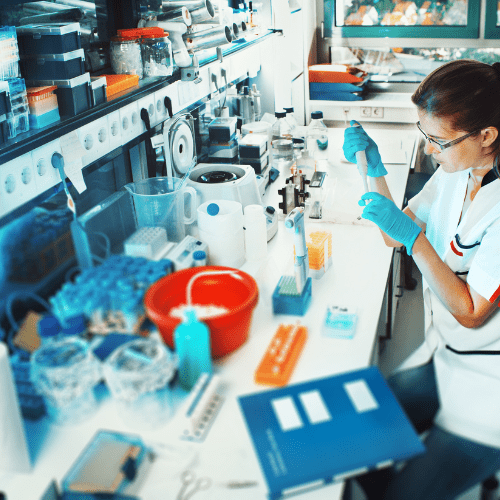Public hospitals play a crucial role in the healthcare system, not only by providing essential medical services but also by organizing blood donation drives that are vital for saving lives. These initiatives not only ensure that there is a steady supply of blood for transfusions but also foster a sense of community engagement. However, to maximize the effectiveness of these drives, it is important to focus on enhancing the outreach and infrastructure associated with them. This article will discuss the importance of public hospital blood donation drives and the infrastructure needed to support these life-saving efforts.
Enhancing Public Hospital Blood Donation Drives for Community Support
Blood donation drives organized by public hospitals serve as a lifeline for patients in need. They bring community members together, encouraging altruism and participation in a cause that directly impacts the lives of their neighbors. To enhance the effectiveness of these drives, hospitals can implement strategies such as targeted outreach programs. Collaborating with local schools, businesses, and community organizations can help reach potential donors who may not be aware of the need for blood donations.
Moreover, leveraging social media is another effective way to promote donation events. Engaging storytelling, testimonials from recipients, and clear calls to action can motivate individuals to participate. Regularly scheduled donation drives, coupled with real-time updates on blood supply needs, can help create a culture of awareness and responsiveness within the community. When people see the tangible impact of their contributions, they are more likely to return as regular donors.
In addition, making the donation process as convenient as possible is crucial. Hospitals can consider extending hours of operation or offering mobile donation units that can travel to various neighborhoods. Providing amenities such as refreshments and comfortable waiting areas can also improve donor experience, making individuals feel valued and appreciated. This, in turn, can lead to higher turnout rates and a consistent supply of blood for those in need.
Strengthening Infrastructure to Boost Blood Donation Efforts
Infrastructure plays a pivotal role in the success of blood donation drives. Without the necessary facilities and equipment, even the most well-planned drives can falter. Public hospitals need to invest in state-of-the-art blood collection units and training for staff to ensure that the donation process is efficient and safe. This includes having enough trained personnel on hand, as well as ensuring that the equipment is regularly maintained and updated.
Additionally, the physical space designated for blood donation needs to be welcoming and accessible. Clear signage, comfortable seating, and adequate privacy can make a significant difference in the donor experience. Accessibility for individuals with disabilities is also essential, ensuring that everyone in the community can participate. An inviting atmosphere can help alleviate the anxiety that some may feel about donating blood, thereby encouraging more individuals to take part.
Furthermore, partnerships with local businesses and organizations can enhance the infrastructure needed for blood donation drives. For example, collaborating with local transport services can help facilitate easier access to donation sites. Additionally, businesses can be encouraged to offer incentives for their employees to donate, such as time off or discounts. These collaborative efforts can significantly increase the reach and impact of blood donation initiatives, ensuring that public hospitals can meet the community’s needs effectively.
Public hospital blood donation drives are essential for maintaining a healthy and responsive healthcare system. By enhancing outreach efforts and strengthening the infrastructure that supports these drives, hospitals can significantly improve community participation and engagement. The combination of effective communication, modern facilities, and strategic partnerships can ensure that blood donation drives not only meet immediate needs but also foster a culture of giving within the community. Ultimately, these initiatives save lives and build strong, supportive communities.




